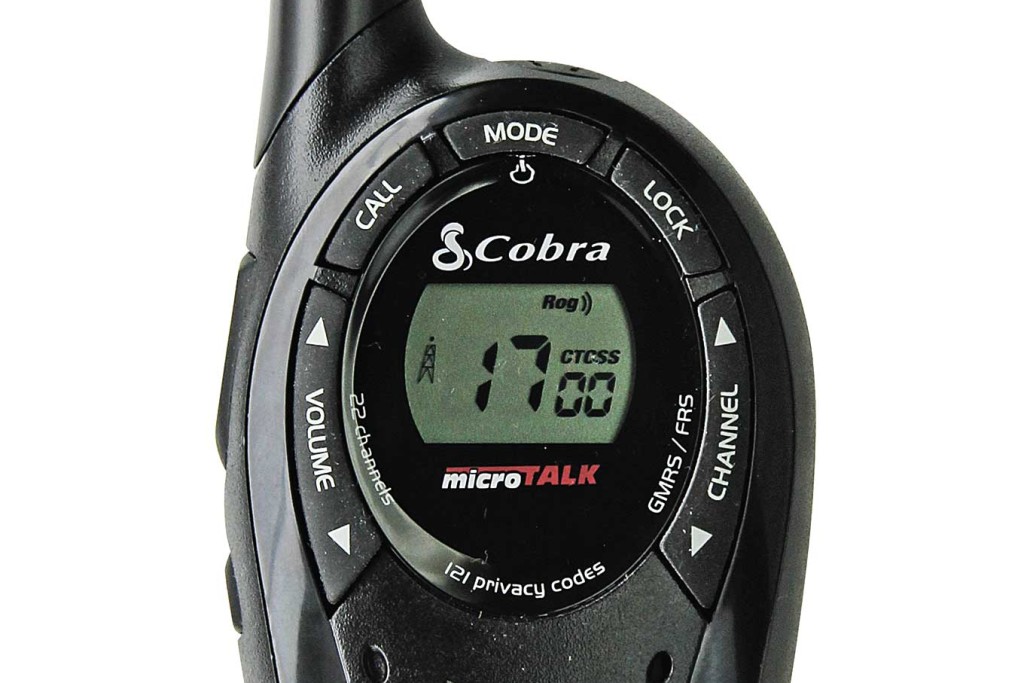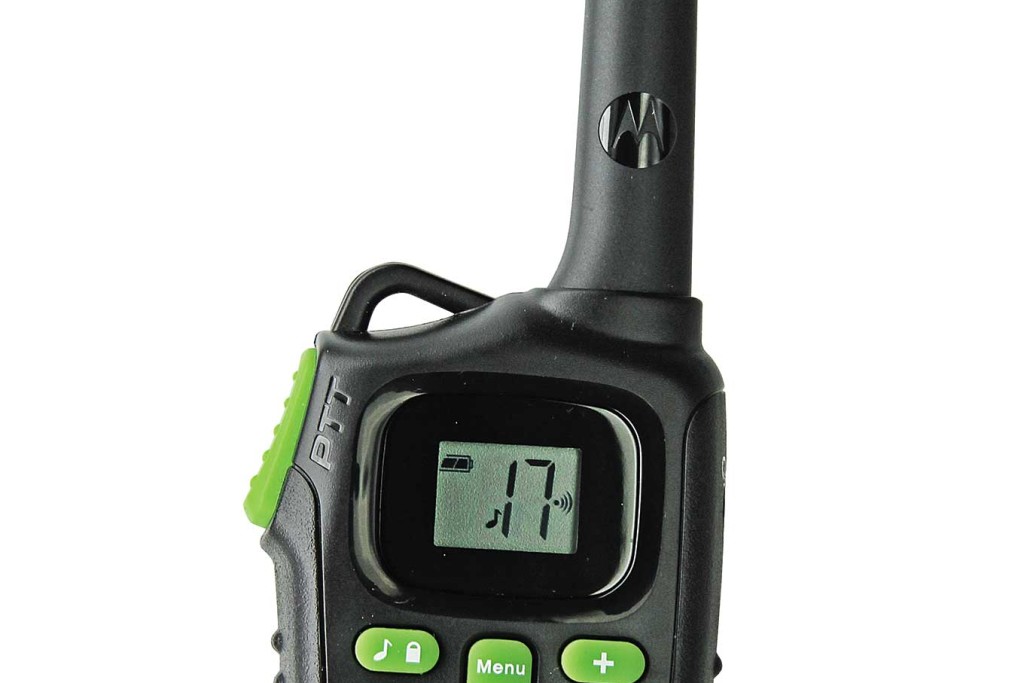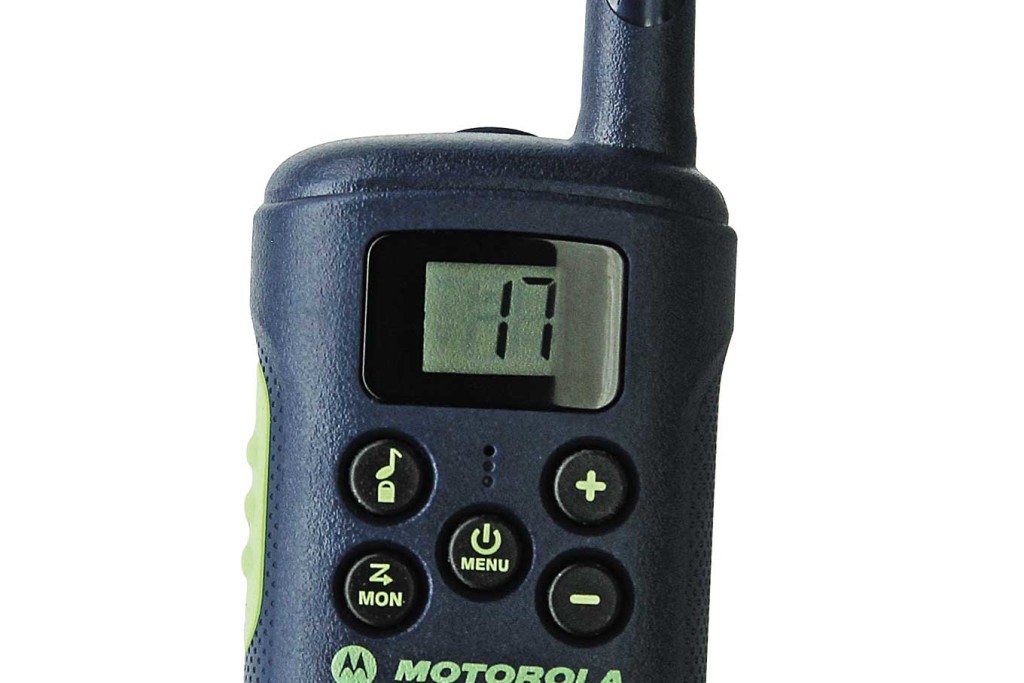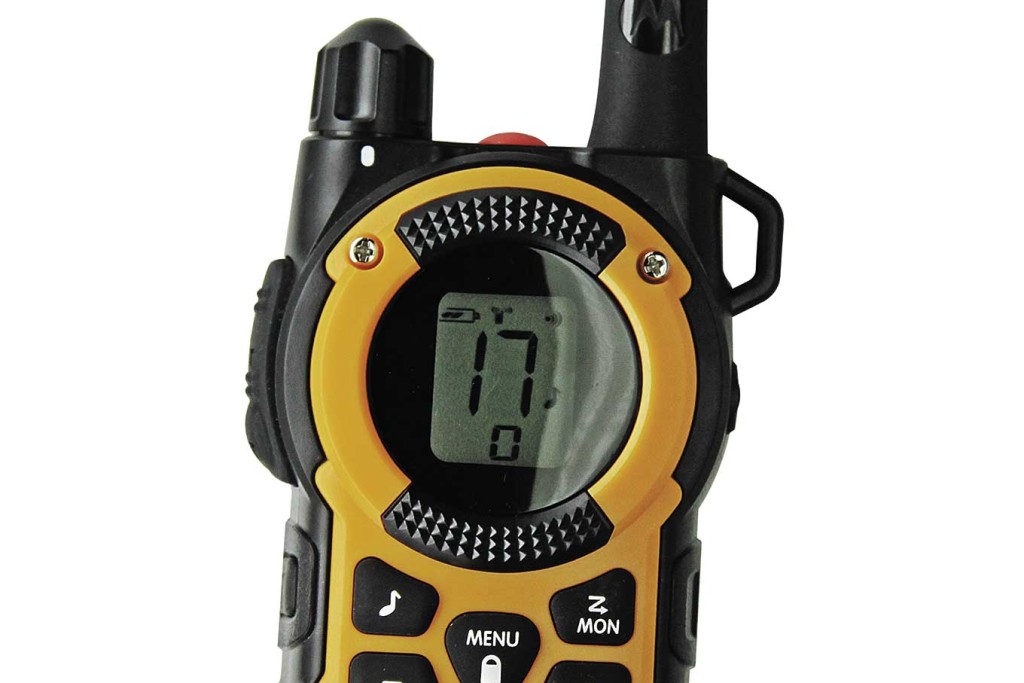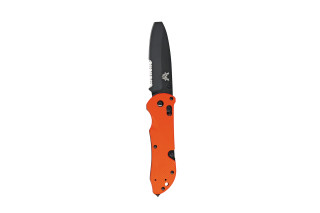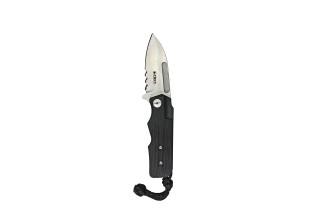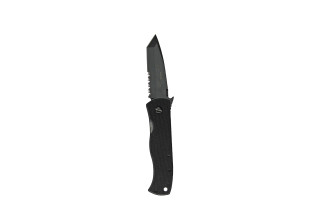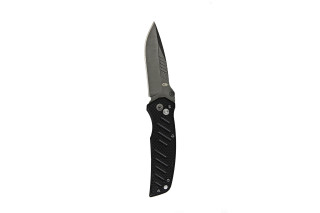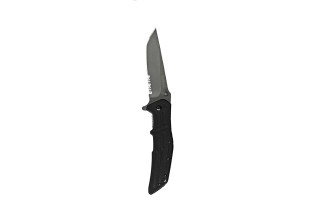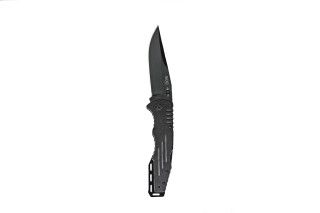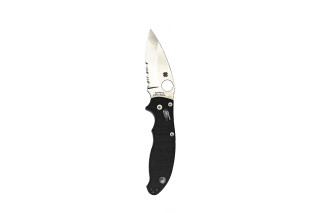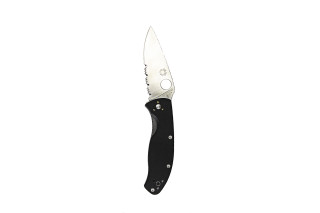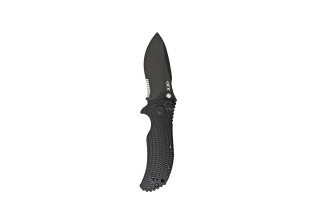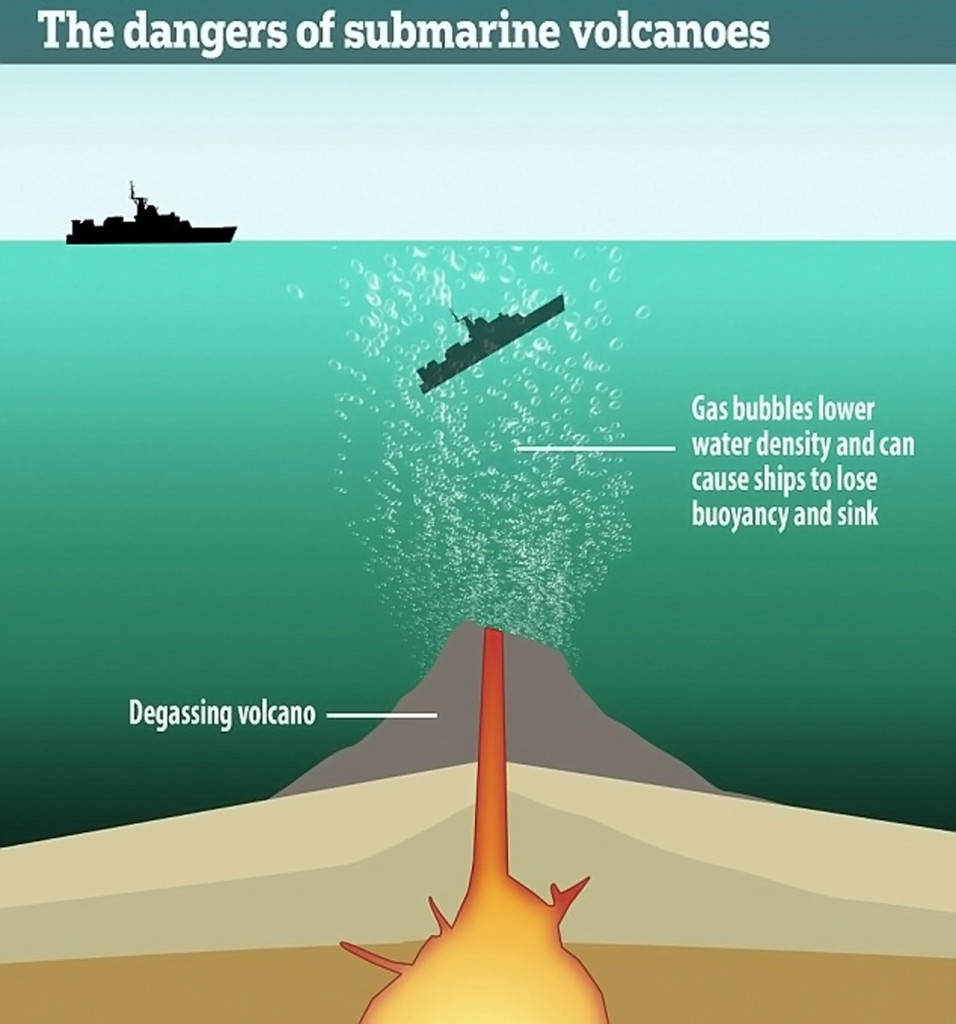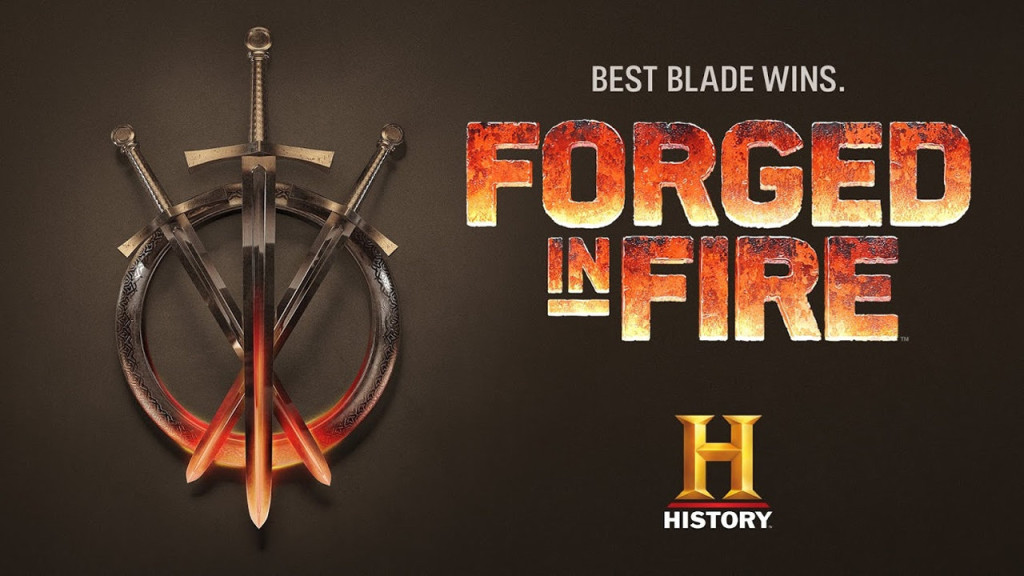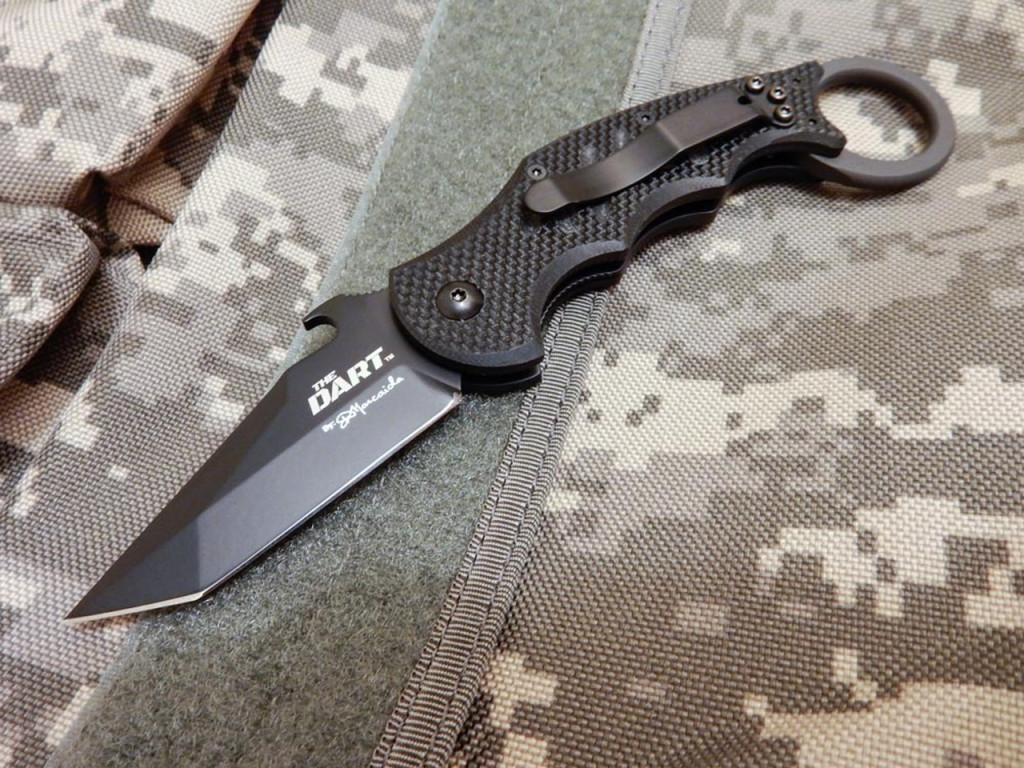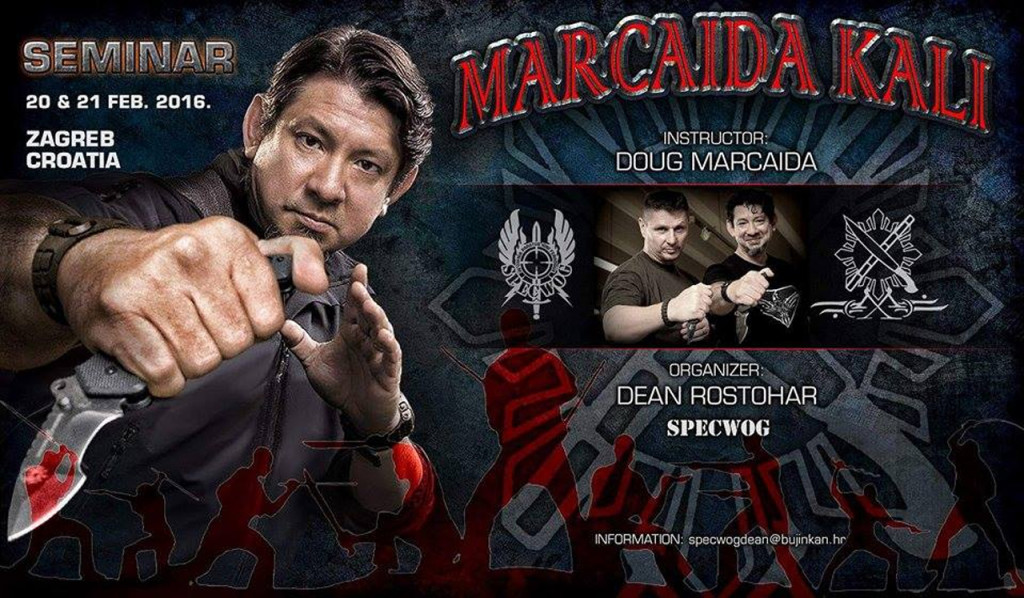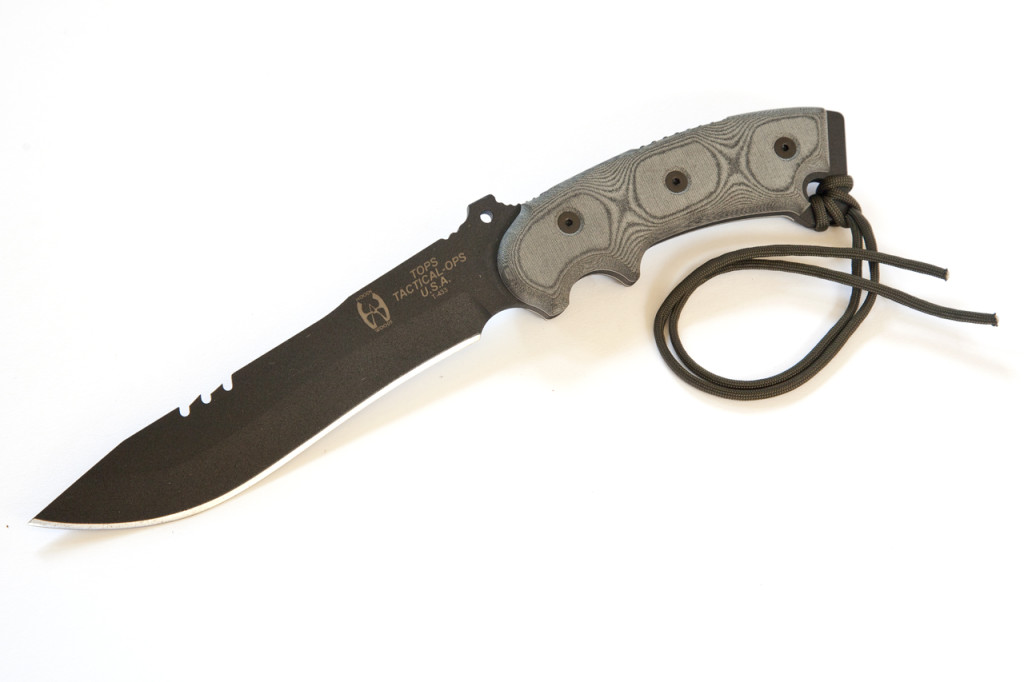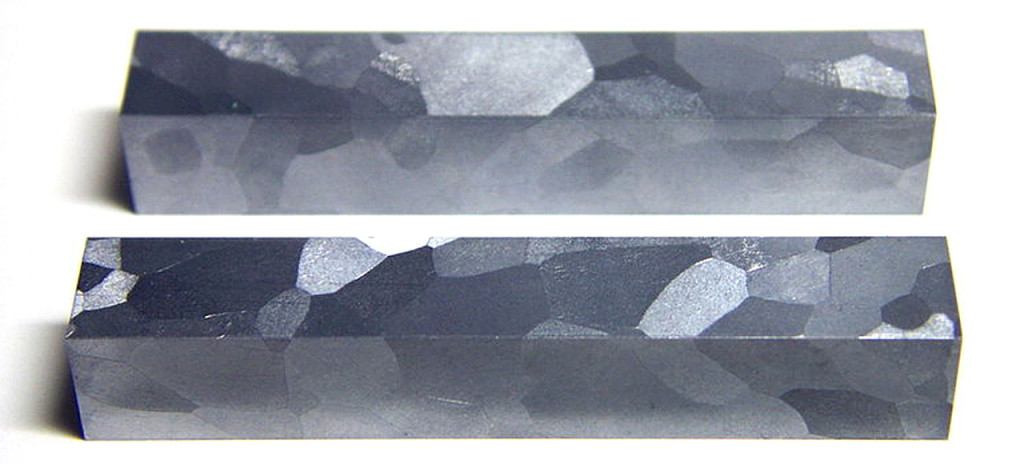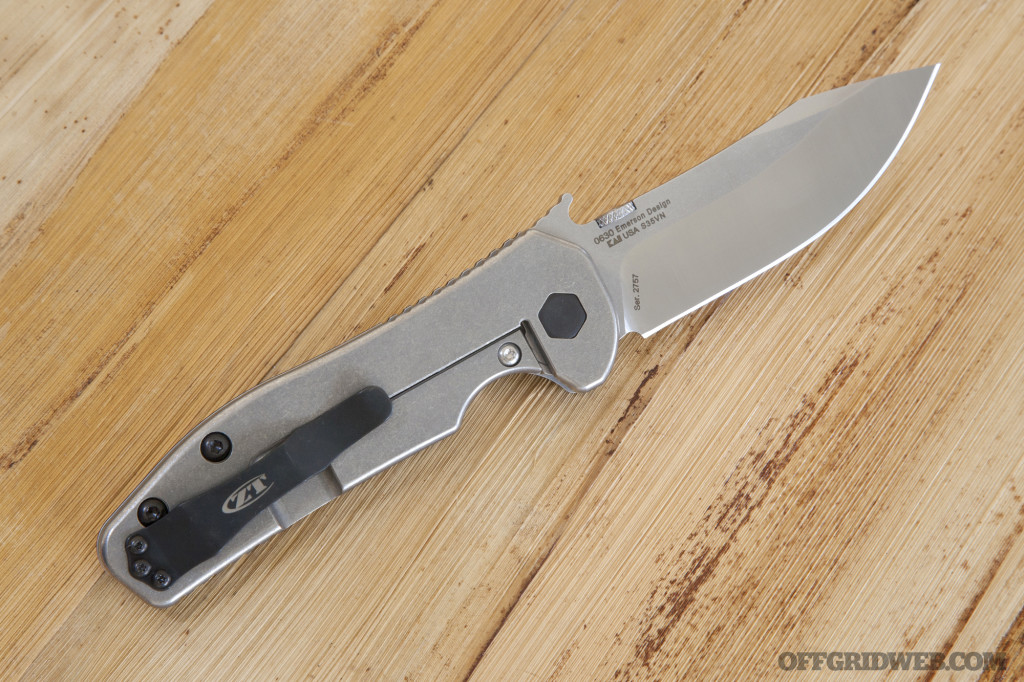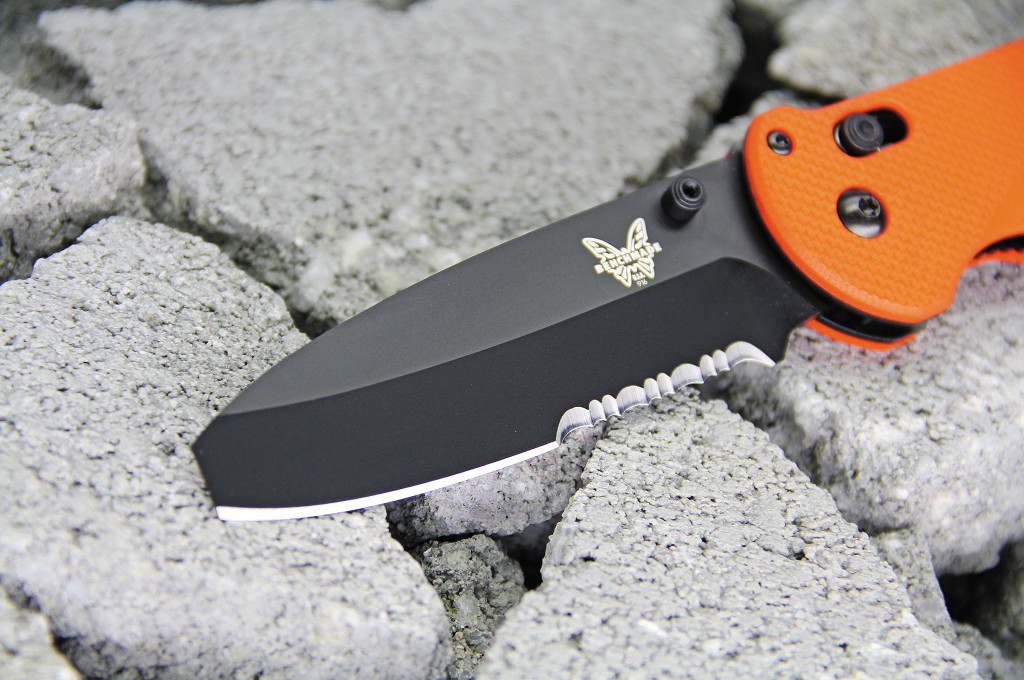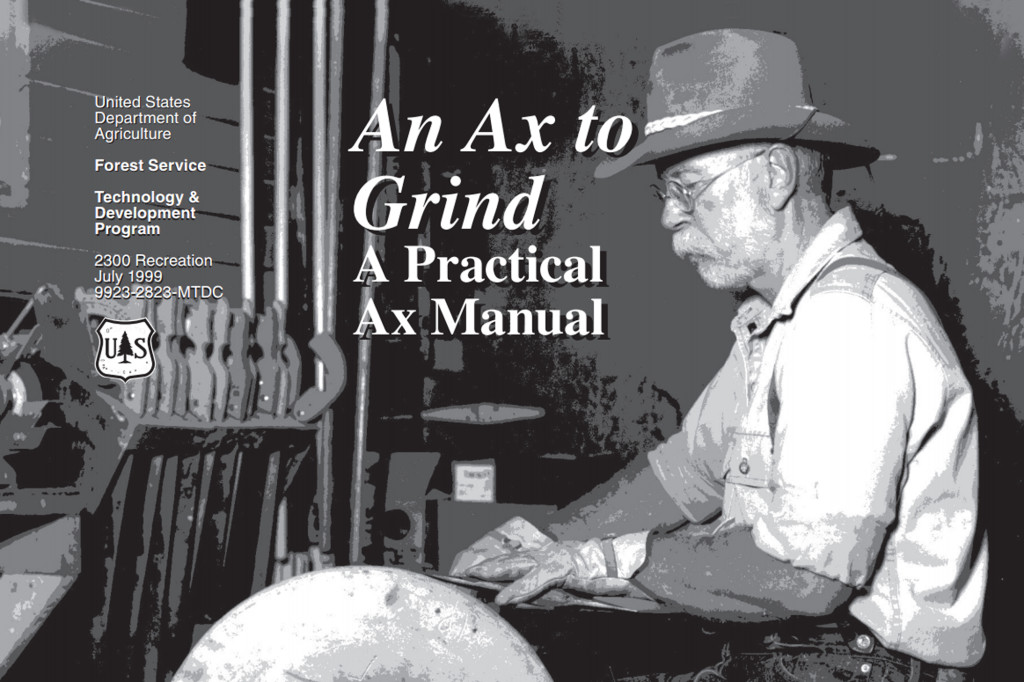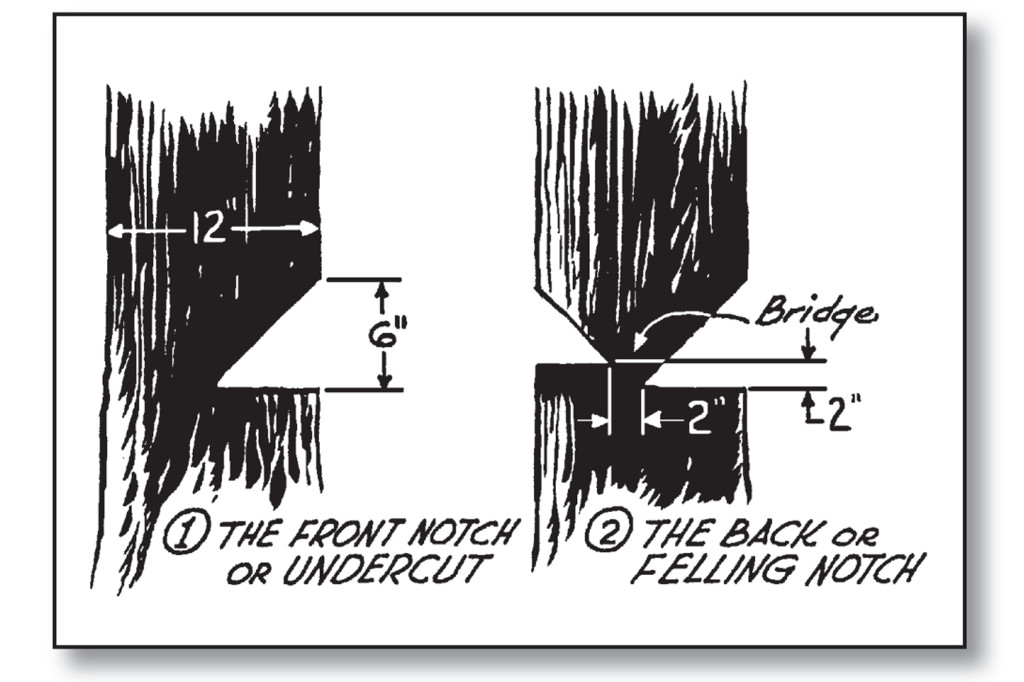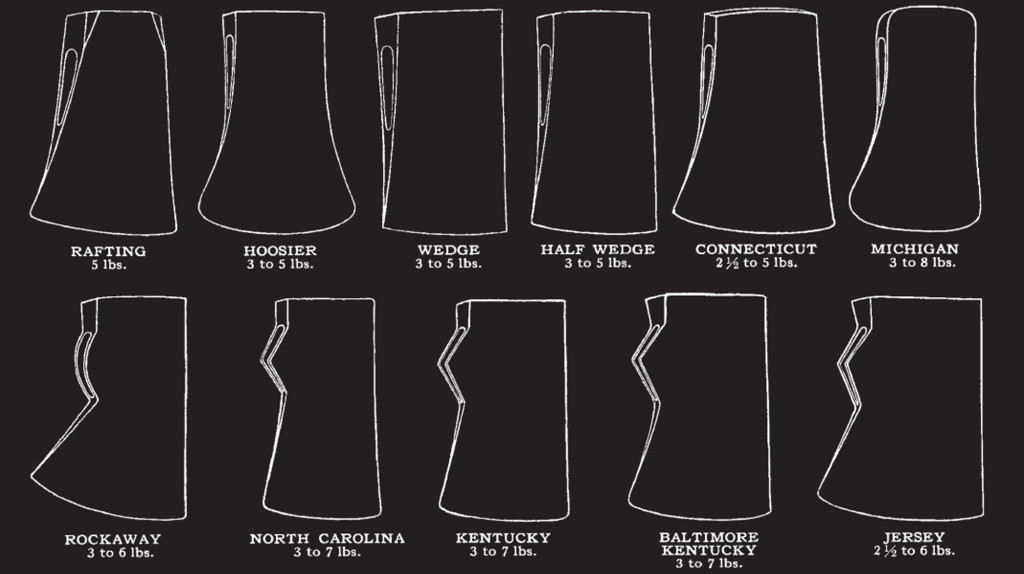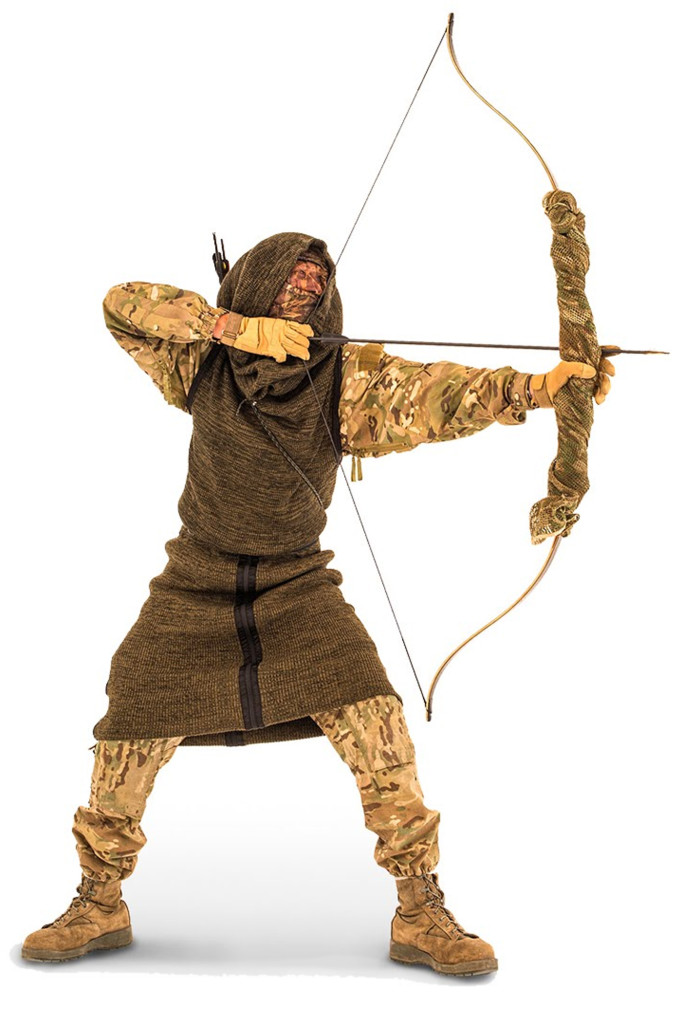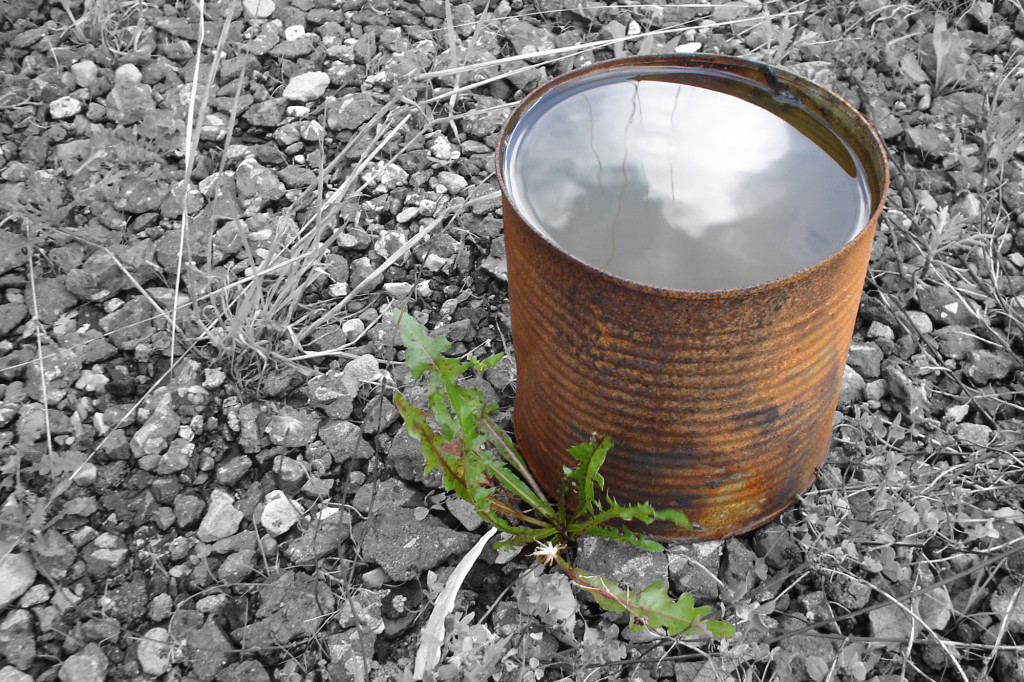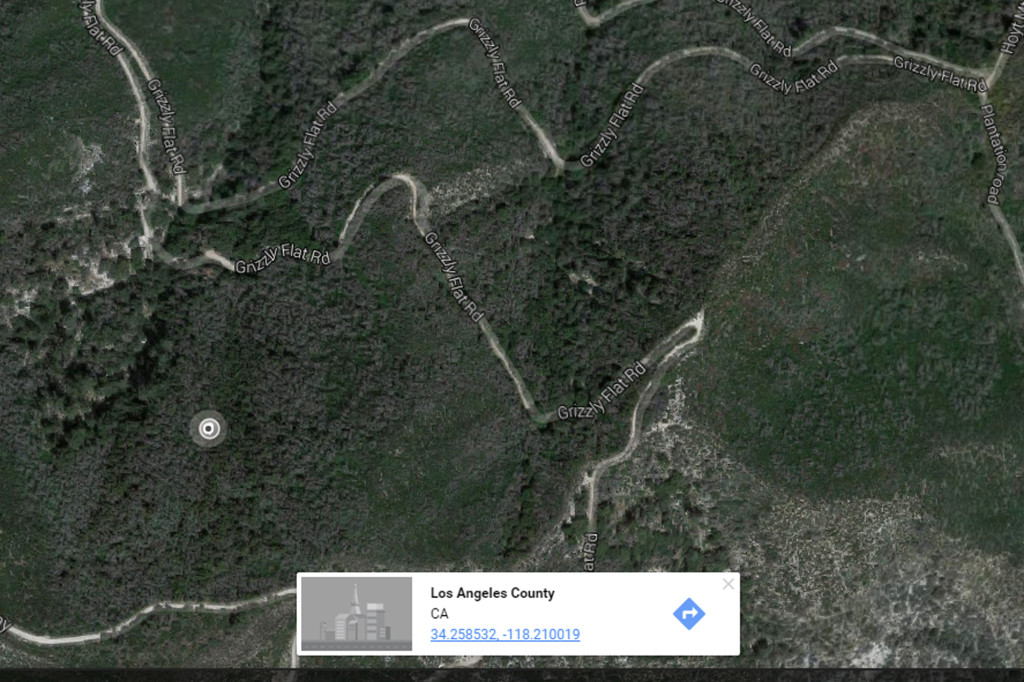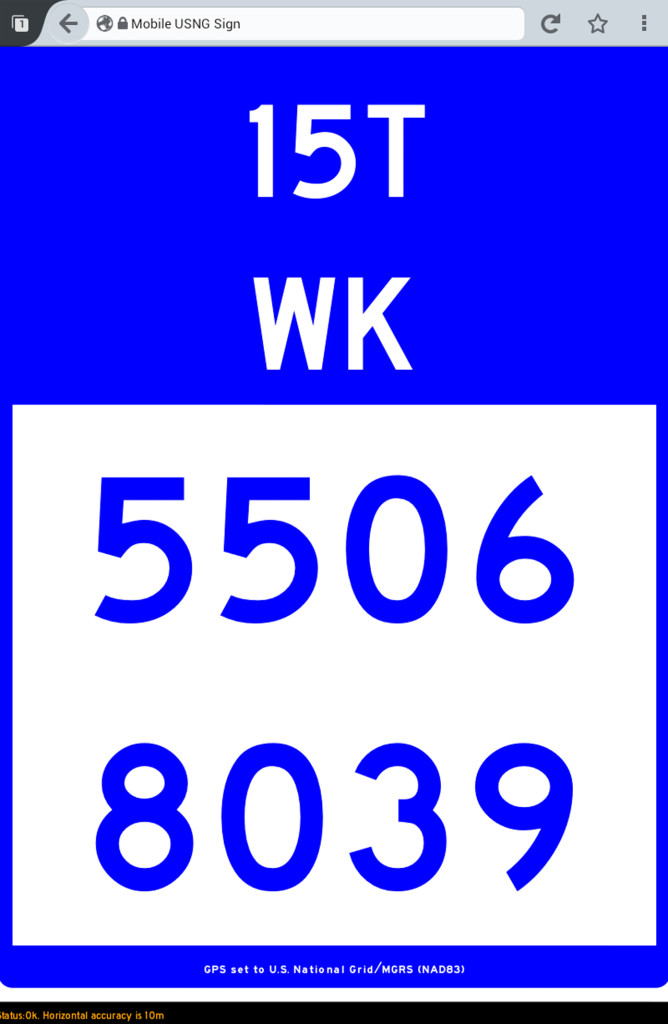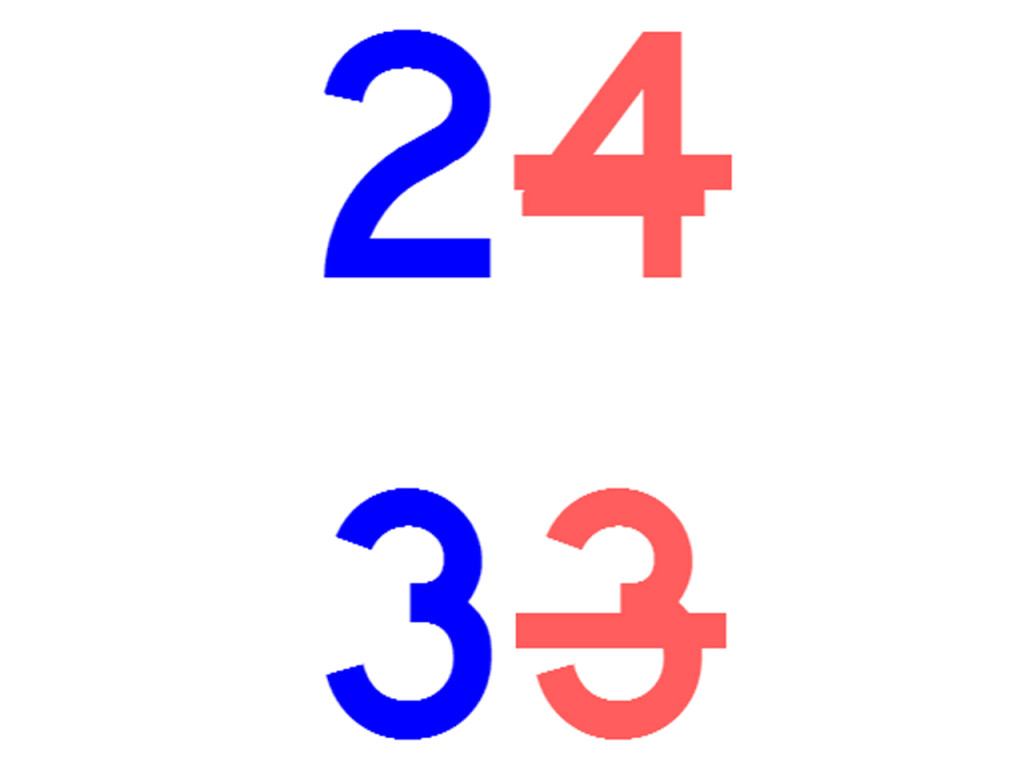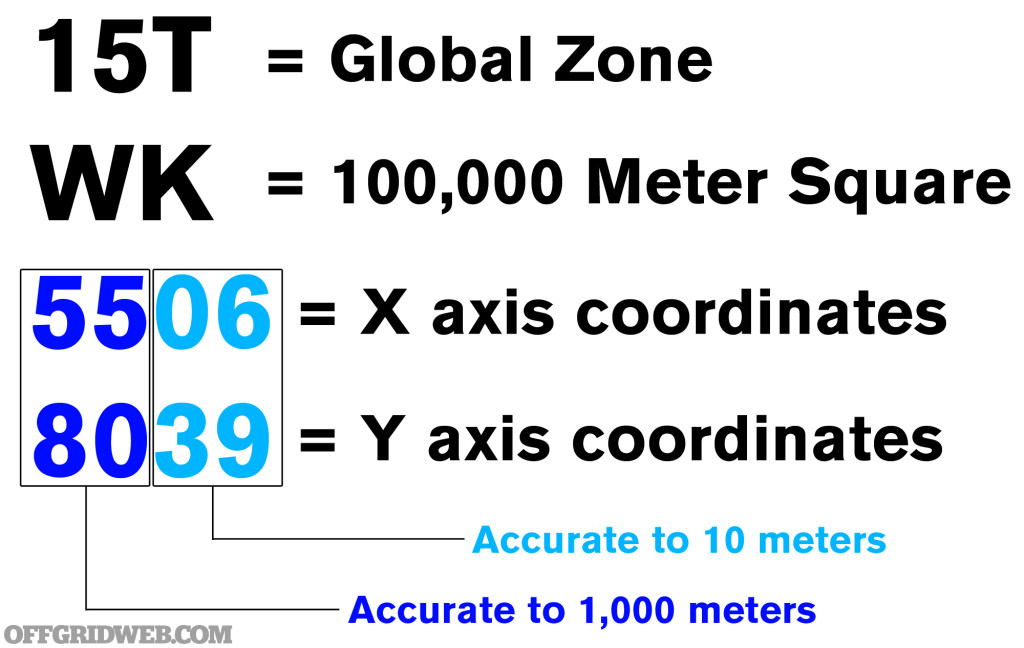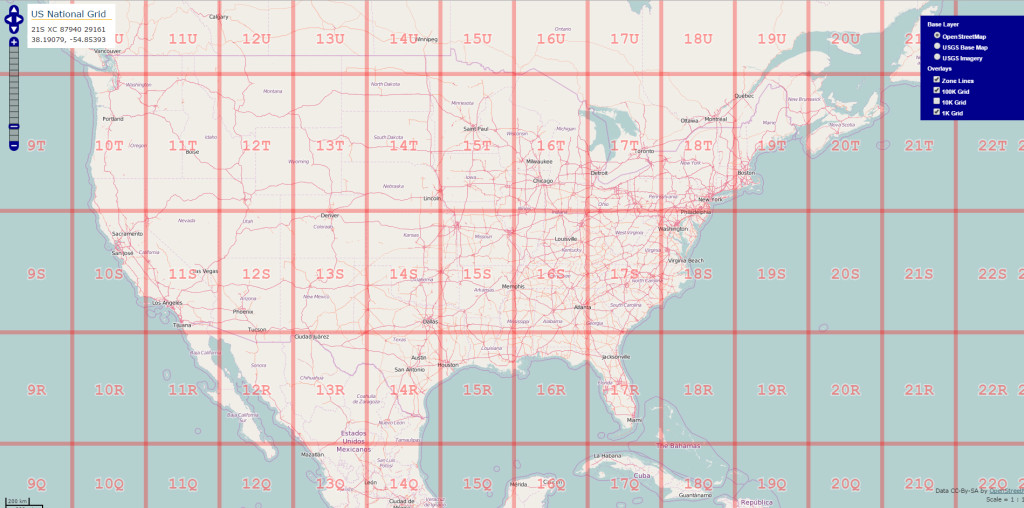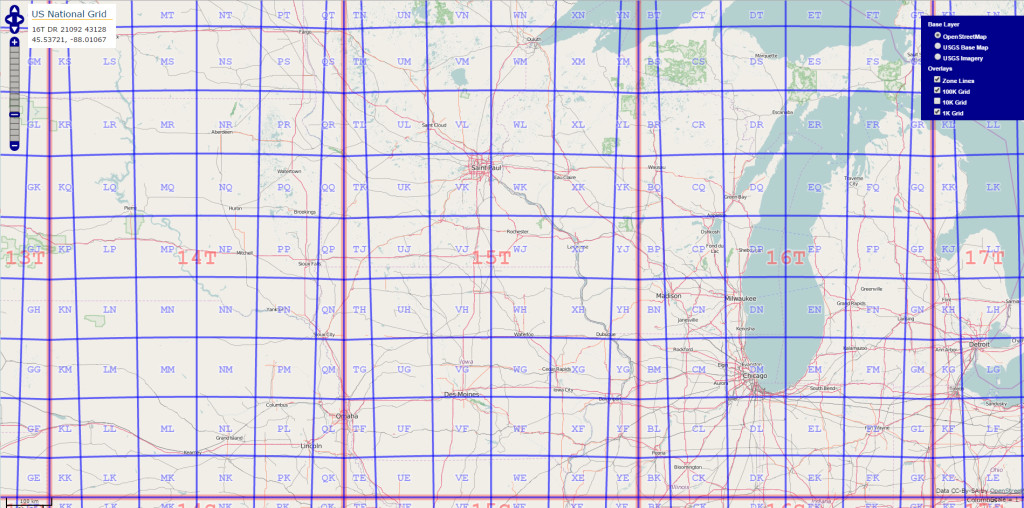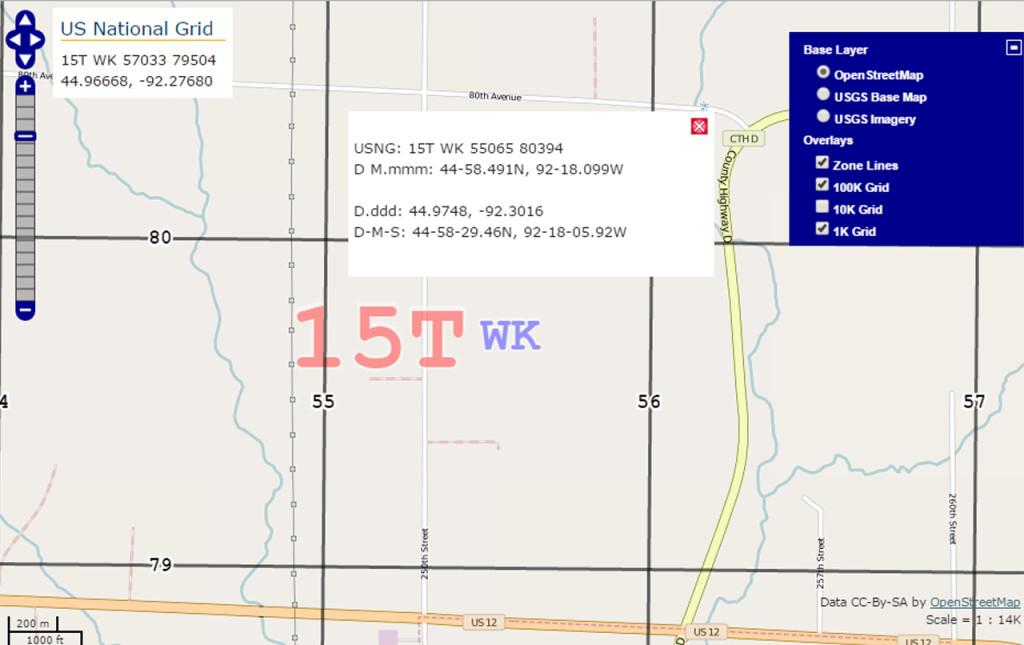In This Article
This article was originally published in Issue 2 of our magazine.
It is conceivable that after the onset of a large-scale disaster, our current-day communications equipment of choice, smart phones, which depend on a complex infrastructure to operate, would quickly become little more than paperweights in our pockets. With traditional means of communications out of action, what would be other go-to options we could lean on?
When the subject of communications in disaster scenarios comes up, immediate thoughts go to high-powered radio systems, including CB and Ham radio. While those systems are excellent tools that can put you in touch with those who are many miles away, they do require training, specialized equipment, and power sources that might be hard to come by in order to operate. For their ease of use, relatively low power usage, and low cost, FRS and GMRS two-way radios, or walkie-talkies, should not be overlooked.
Radio communications are important in disaster situations and can be used to help coordinate information between individuals or groups such as family members. Not all radios need to be of the long-range variety. Short-range radios, such as those that operate on FRS and GMRS bands, work well in areas covering a couple of miles. Your health status, position, and security situation can easily be relayed between basecamp and someone who is out foraging for supplies. Likewise, coordinating the search for fellow survivors in the collapsed rubble of a metropolitan wasteland is difficult at best without wireless communications. A rescuer could likely become a victim without the ability to coordinate assistance when trying to pull out another victim. Coordinating your neighborhood after a disaster and checking up on neighbors is a process that can be sped up with the use of short-range radios. Radios are a critical communication tool that can greatly improve the efficiency of almost any operation.
FRS and GMRS
Handheld two-way radios are the most cost-effective method of talking at ranges where yelling becomes impractical. Walkie-talkies operate on FRS and GMRS bands. FRS stands for Family Radio Service and encompasses low-power transmissions at as much as 0.5 watt. FRS bands are free of charge to operate on and require no license. GMRS is short for General Mobile Radio Service and does require licensing with the FCC. The license requires an $85 fee for a five-year term, even though a license is not required to buy a GMRS radio. GMRS radios require more power over FRS units, and in the radio world, more power means longer range. GMRS radios commonly have 1- to 2-watt transmissions, but can get as much as 50 watts, which gives it some pretty decent reach. Most radios on the market today are hybrid GMRS/FRS radios, possessing the capability of using both bands.
Features
Radios available on the consumer market greatly range in both price and quality. As with most things in this world, the cost reflects increases in durability, reliability, clarity, and range. Most units feature distance ratings that are very optimistic. We find that in real-world scenarios that structures, obstructions, elevations, weather patterns, and electrical signals, among other things, cut those distances down significantly. As a rule of thumb, cut those ratings in half, if not more. Test your chosen radio for use in your intended area of use to make sure that unit works for you.
Many walkie-talkies include rechargeable batteries that can be replaced with disposable batteries. Radios that have mini-USB-charging capability can be charged with a solar charger, as well, so keep that in mind, too. Water- and dust-resistance is rated by Ingress Protection (IP) rating. IP ratings have two digits; the first digit measures Intrusion Protection and the second is for Moisture Protection. See the chart for detailed rating information.
Channels
FRS radios have seven channels that are shared with GMRS radios and an additional seven channels that are for FRS use only, giving it 14 total channels. Higher-powered GMRS radios have 22 channels, including the shared FRS channels, which give GMRS users more flexibility to find a clear line to talk on.
Privacy Codes
Aside from the main channels, radios also have privacy codes. Privacy codes subdivide channels into more channels so that the user can find a clear channel to use when others are taken. In a busy radio environment, you and your party might get traffic on Channel 1/Code 0, but when you switch to Channel 1/Code 5, you find it clear to use. Most radios have 22 privacy codes and some have more, helping make plenty of channel/code combinations to choose from. Be aware, however, that privacy codes don't work the way you probably think they do. They don't encode your transmission; instead, they encode your receiver to only pick up transmissions on the same privacy code. For example, if you are on Channel 3/Code 4, you could only hear transmissions on the same code, but if someone else were on Channel 3/Code 0 (0 being no privacy code), they would be able to hear all transmissions on Channel 3, regardless of code, including yours.
Transmission Range
Now that we've broken all that down, what does all that mumbo jumbo mean in the real world? Well, for starters, even in ideal conditions, if you're operating a radio in FRS mode, meaning 0.5-watt transmission power, your range will be limited to (generously speaking) 6 miles. In any sort of urban area with obstructed lines of sight or in a dense forest, that range is going to drop to 2 miles or less even on GMRS. Your range will be affected by myriad factors, including terrain (hills and trees), weather, electromagnetic noise (solar flares, power lines, and so on), and steel and concrete structures.
Up to 6 Miles
(Urban)
Up to 8 Miles
(Lake)
Up to 18 Miles
(Mountain to Valley)
Remember, line of sight is the name of the game. If you want to transmit long distances, you will need to be able to see your other party. If you can't see them, chances are, your range is going to drop significantly. Our tested effective range on the Motorola MT350R in a suburban residential area on GMRS from inside a moving vehicle was at about 2 miles. Your mileage may vary, so this is not gospel, but be aware that range is limited. Most of the time, none of this will matter because you will be speaking to someone only a few buildings over, at most, a few blocks away, and range limitations should not be a major issue. Frequent radio check-ins will prevent this range limitation from sneaking up on you and will mitigate communications losses and blackouts from terrain and structures.
No matter which unit you choose, keep in mind its limitations, and be sure to test out how it'll work out in your environment before committing it to your disaster preparedness plan. Remember that short-range communications you get from handheld FRS and GRMS radios can be as important as the long-range comms you get from Ham or CB radio. Stay safe out there, and stay prepared. You never know when the next disaster will strike.
Ingress Protection Rating
First Digit (Intrusion Protection)
0 >> No special protection
1 >> Protected against solid objects from 50 mm or more
2 >> Protected against solid objects from 12.5 mm or more
3 >> Protected against solid objects from 2.5 mm or more
4 >> Protected against solid objects from 1 mm or more
5 >> Protected against dust that may harm equipment
6 >> Totally dust tight
Second Digit (Moisture Protection)
0 >> No protection
1 >> Protection against condensation
2 >> Protection against water droplets deflected as much as 15 degrees from vertical
3 >> Protected against spray as much as 60 degrees from vertical
4 >> Protected against splashes of water from all directions
5 >> Protection against low-pressure water jets from all directions
6 >> Protection against powerful water jets from all directions
7 >> Protected against temporary immersion
8 >> Protected against prolonged immersion

